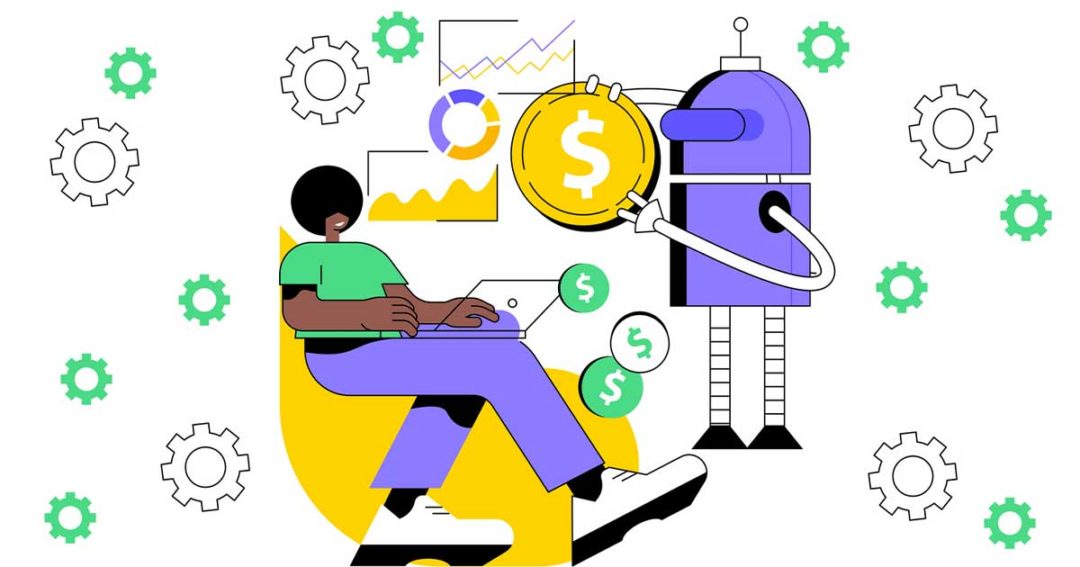
How AI can revolutionize the way we lend
Artificial intelligence enables credit unions to do what they do best.
The term artificial intelligence (AI) has probably appeared a few times in your news feed this past month. It seems like AI can do just about anything: It can write an essay, paint a picture, recognize faces—or better yet, accurately assess credit risk.
AI has almost become a buzzword in pop culture that looks like something out of “The Terminator.” In reality, it’s not scary.
For sure it’s powerful, with large-scale computers becoming more affordable and data more easily accessible. But a robot takeover is still a piece of science fiction, albeit unnerving.
AI, which is powered by clear yet complex equations, can simply be described as tools that enable people to do their jobs better than the status quo. Much like phone calls made communication faster and microscopes helped us see germs and cells, AI can help us accomplish our goals with greater speed and accuracy.
Generative AI vs. machine learning
In the financial services industry, AI has quite a different purpose than tools like Chat GPT or Google Bard. These tools are just that—generative. They create new content, whether it’s a new audio sample, new picture, or, in the case of Chat GPT, text.
Machine learning, on the other hand, is a subset of AI that uses existing data to make predictions, like traffic on your GPS app. Technology CUSOs like Zest AI develop machine learning technology that enables credit unions to provide loan applicants with automatic decisions.
Much like traditional credit scoring methods, machine learning models function like a scorecard, weighing different inputs that affect an applicant’s credit risk. The model is trained on millions of anonymous credit bureau records. It can then use this information to make a risk determination based on how similar a new applicant’s credit characteristics are with people from the past.
For specific applications, like credit underwriting, where the AI-powered insight is heavily scrutinized and regulated, the AI learns once and then is “fixed” such that it can be rigorously tested and carefully monitored.
It may never be possible to determine exactly why generative AI models created a specific picture or essay. The data is sourced from a variety of places that may or may not be reliable, like websites on the internet.
Conversely, Zest AI’s machine learning models use a data source like credit reporting agencies, which allows us to be completely transparent about the model’s process and results. We can point to exactly the reasons why an applicant either received a higher or lower risk score.
More accurate and inclusive credit underwriting
So, if machine learning is similar to traditional scoring methods, why use AI? For one, accurately measuring credit risk can be more complex than weighing points on a scorecard.
Take an input like credit utilization. Someone with high utilization on a $1,000 limit has a much different risk level than someone with high utilization on a $100,000 limit. Furthermore, these scorecards can disproportionately affect marginalized communities.
Structural racism has been in the roots of America for hundreds of years. If you are born as a person of color today, your opportunities for economic prosperity and access to credit are marginalized.
From biased data to historical discrimination, current credit scoring methods further solidify economic inequality. AI-automated underwriting can level the playing field by using better data, increasing accuracy, and taking a closer look at which credit risk signals are unfairly correlated with marginalized identities, like race and ethnicity or gender.
If you look at a protected class group like Hispanics or African Americans, our models can find the best borrowers that fit a credit union’s risk tolerance within those groups—giving those borrowers credit opportunities that a traditional scoring method may not qualify them for.
Because our models use so many more signals, and use them more effectively, we can often find alternatives that provide the same level of performance and improved outcomes for those protected class borrowers.
Let’s say you look at the data, and the average credit length of African Americans or Hispanics is generally shorter than their White counterparts. Let's say you look at the data, and you notice there’s a feature that’s related to credit risk but also strongly correlated with race. Our technology can help find other features that will still give an accurate risk assessment, but also provide fairer outcomes for protected classes.
It’s impossible for a person to manage all these moving parts, and quickly enough to provide an applicant with a timely decision. The power of machine learning is accurately weighing and measuring data that can determine credit risk in a way that’s both accurate and equitable.
Machine learning technology is yet another tool in the grander toolkit of AI—one that doesn’t create anything new or hold a conversation but allows lenders to make greater insights to better serve their members.
With greater adoption, AI won’t be a topic to dispute in the boardroom. AI will be leveraged to address key business problems, including the support for a more seamless lending experience both internally and for borrowers.
Whether it’s keeping up with demand, decreasing defaults, or increasing inclusivity, AI-automated underwriting technology is not a scary robot or even a friendly chatbot, but a tool that enables credit unions to do what they do best.
SEAN KAMKAR is senior vice president, head of data science, at Zest AI, a CUNA Strategic Services alliance provider.